Growing Patient Advocacy Groups
The emergence of patient advocacy groups in South America plays a pivotal role in shaping the glioblastoma market. These organizations raise awareness about glioblastoma, providing education and support to patients and families. They also advocate for better access to treatments and funding for research. In recent years, the number of such groups has increased, leading to a more informed patient population. This heightened awareness can drive demand for innovative therapies and clinical trials, as patients seek the latest treatment options. The glioblastoma market is likely to see a surge in participation in clinical studies, as advocacy groups encourage patients to engage with ongoing research efforts. This trend not only enhances patient involvement but also fosters collaboration between stakeholders, including healthcare providers and pharmaceutical companies.
Increasing Healthcare Expenditure
The rising healthcare expenditure in South America is a crucial driver for the glioblastoma market. Governments and private sectors are investing more in healthcare infrastructure, which enhances access to advanced treatment options for glioblastoma patients. In 2025, healthcare spending in the region is projected to reach approximately $500 billion, reflecting a growth rate of around 5% annually. This increase in funding allows for better diagnostic tools and innovative therapies, which are essential for managing glioblastoma. Furthermore, as healthcare systems improve, the availability of specialized oncology services is likely to expand, thereby positively impacting patient outcomes. The glioblastoma market stands to benefit from this trend, as increased funding can lead to more research and development initiatives aimed at discovering effective treatments.
Collaborative Research Initiatives
Collaborative research initiatives among academic institutions, healthcare providers, and pharmaceutical companies are emerging as a vital driver for the glioblastoma market in South America. These partnerships aim to accelerate the development of innovative therapies and improve treatment outcomes for glioblastoma patients. In 2025, it is anticipated that collaborative research funding will exceed $200 million, reflecting a growing commitment to tackling this challenging disease. Such initiatives foster knowledge sharing and resource pooling, which can lead to breakthroughs in treatment strategies. The glioblastoma market stands to gain from these collaborations, as they often result in clinical trials that explore novel therapeutic approaches. This trend not only enhances the research landscape but also promotes a more integrated approach to glioblastoma management.
Technological Advancements in Diagnostics
Technological advancements in diagnostic tools are significantly influencing the glioblastoma market in South America. Innovations such as advanced imaging techniques and molecular profiling are enabling earlier and more accurate detection of glioblastoma. In 2025, it is estimated that the market for diagnostic imaging in oncology will reach $10 billion in South America, with a substantial portion dedicated to brain tumors. These advancements facilitate personalized treatment plans, which are crucial for improving patient outcomes. As diagnostic capabilities expand, the glioblastoma market is likely to experience increased demand for targeted therapies that align with specific tumor characteristics. This trend underscores the importance of integrating cutting-edge technology into clinical practice, ultimately enhancing the overall management of glioblastoma.
Rising Incidence of Neurological Disorders
The rising incidence of neurological disorders, including glioblastoma, is a significant driver for the glioblastoma market in South America. As the population ages, the prevalence of brain tumors is expected to increase, leading to a higher demand for effective treatment options. Current estimates suggest that glioblastoma accounts for approximately 15% of all primary brain tumors in the region. This growing patient population necessitates the development of new therapies and treatment modalities. The glioblastoma market is likely to respond by investing in research and development to address this increasing burden. Additionally, healthcare providers may focus on enhancing treatment protocols to improve survival rates, thereby creating a more robust market for glioblastoma therapies.


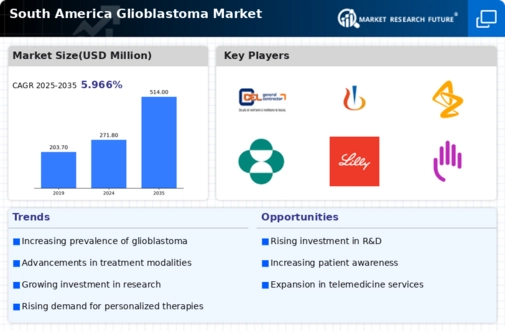
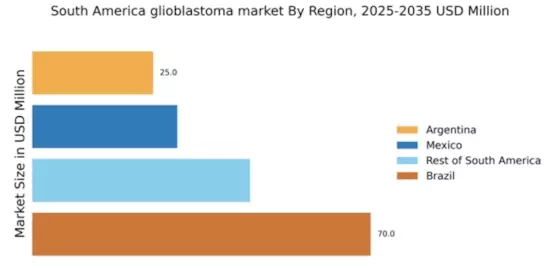
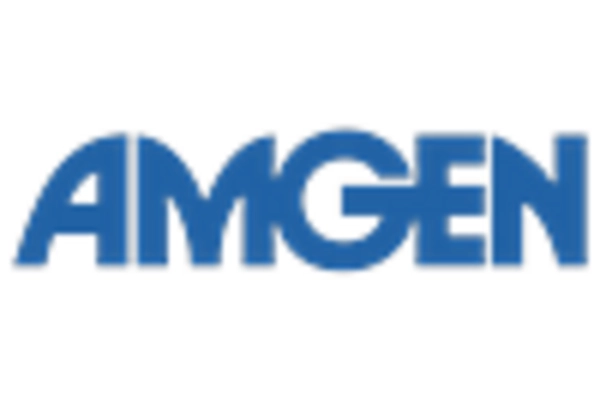
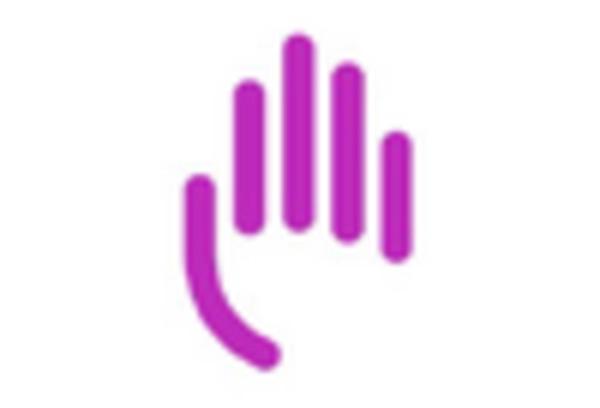
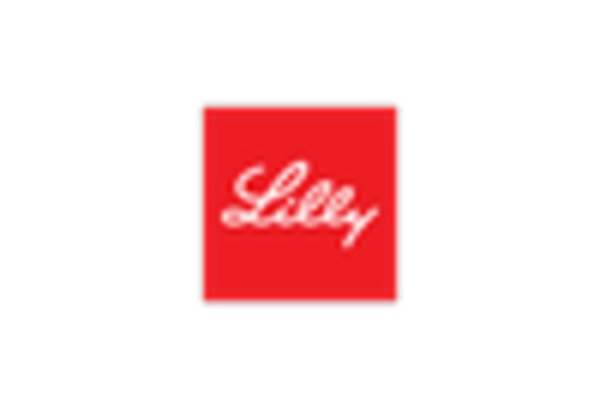
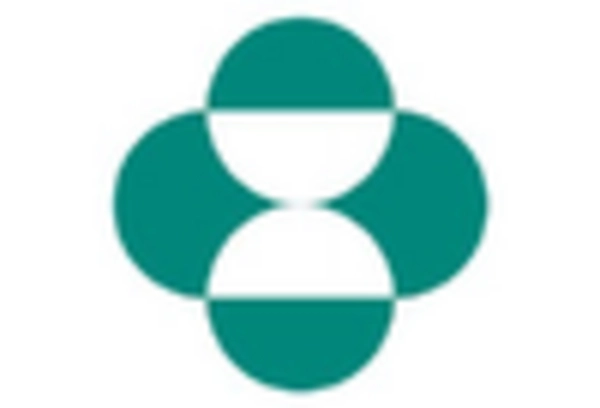

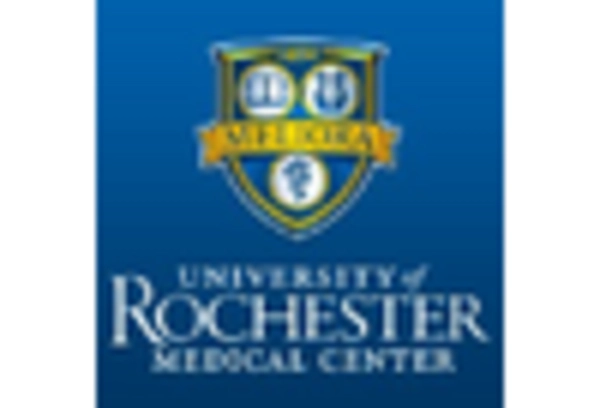








Leave a Comment